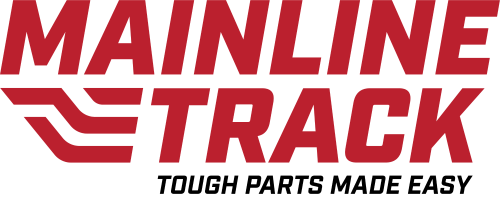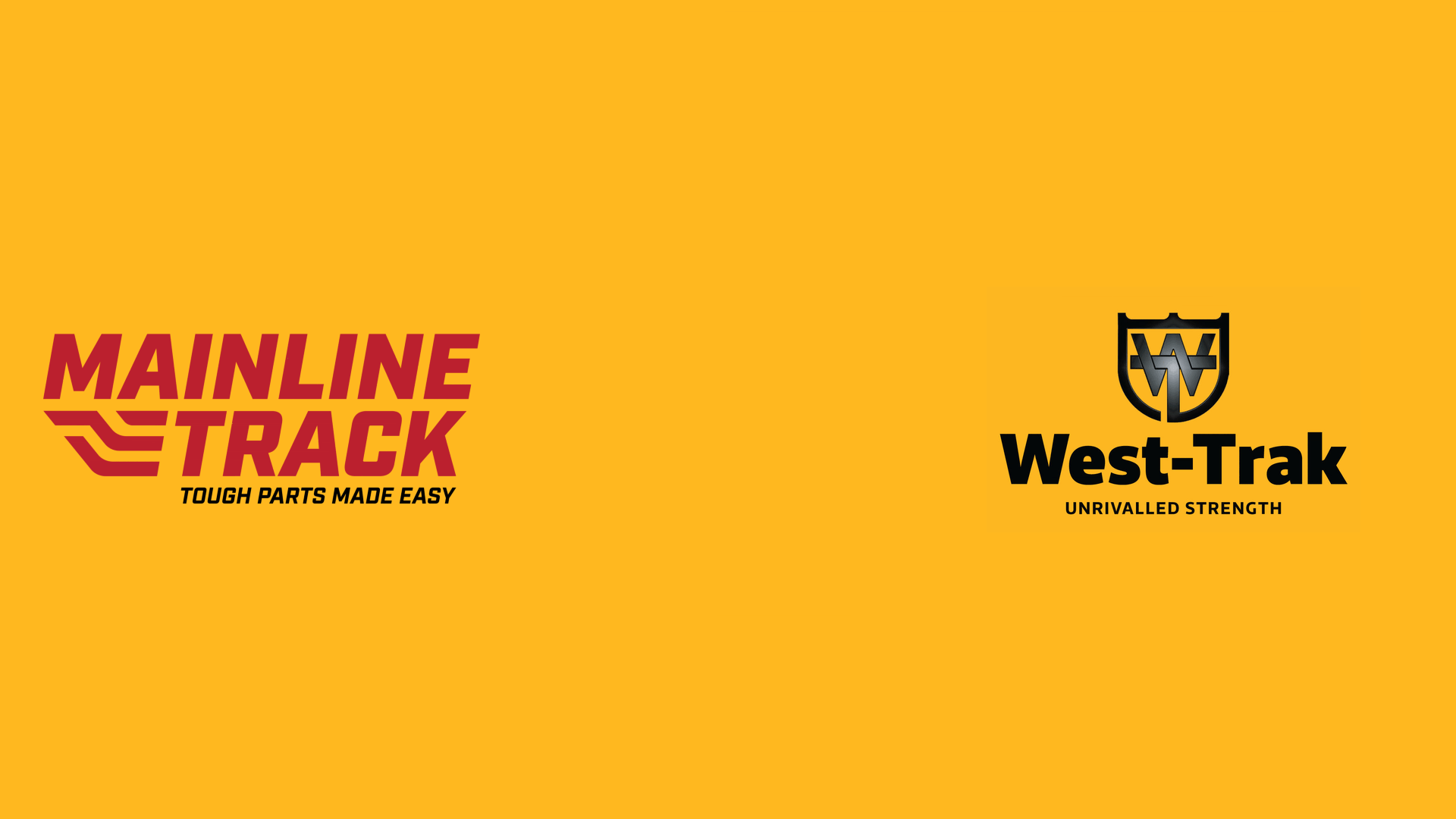Rubber Pads
Our range of excavator rubber pads are available for steel tracked diggers from 2-45 tons. At Mainline Track, we supply direct from the factory to ensure you fantastic quality, with guaranteed value for money. These rubber pads feature the most versatile designs, moulded exclusively from top quality materials and that’s why we can guarantee you a Lifetime guarantee of no delamination.
The option of fitting rubber pads to your steel tracked excavator is the perfect solution for using equipment on finished roads and surfaces without damage, thus enhancing the contract opportunities open to you.
Our pads are stocked in 3 different designs in order to ensure we have a product to match every steel tracked digger including Case, CAT, Daewoo/Doosan, Kobelco, Komatsu, Kubota, Hitachi, Hyundai, IHI, JCB, Komatsu, Sumitomo, Takauchi, Yanmar and Volvo.

Our Range
Quick Quote Product Selector
Choose a Brand
Choose a Model


Malaysian-Made TUFFPad® Rubber Pads






How to fit Rubber pads to my Excavator
- If being fitted to used machines, ensure all mud and other debris have been removed from the surface of the grouser blades before fitting the new pads.
- Position the Pad bolts in-line with the pre-drilled holes on the grouser plate.
- Place the rubber pad firmly onto the grouser plate and fasten with spring washers and dome nuts from the underside of the grouser plate.
- Use an impact wrench to fasten the bolts and nuts. Tighten further with an offset wrench. M12 – 80 NM. M14 – 115 NM. M16 – 175NM. M18 – 240 NM. M20 – 340NM. M22 – 465NM.
- Once all the rubber pads have been installed, move the machine forward slowly to check they have been fitted securely and adjust if necessary.
What Torque settings for Rubber Pads Bolts
M14 – 115 NM.
M16 – 175NM.
M18 – 240 NM.
M20 – 340NM.
M22 – 465NM.
Why do my rubber pads delaminate?
What is the best rubber pads for Rail work?
How long should rubber pads last?
Bolt On Pads










How to fit Rubber pads to my Excavator
- If being fitted to used machines, ensure all mud and other debris have been removed from the surface of the grouser blades before fitting the new pads.
- Position the Pad bolts in-line with the pre-drilled holes on the grouser plate.
- Place the rubber pad firmly onto the grouser plate and fasten with spring washers and dome nuts from the underside of the grouser plate.
- Use an impact wrench to fasten the nuts. Tighten further with a torque wrench to the following settings. M12 – 80 NM. M14 – 115 NM. M16 – 175NM. M18 – 240 NM. M20 – 340NM. M22 – 465NM.
- Once all the rubber pads have been installed, move the machine forward slowly to check they have been fitted securely and adjust if necessary.
What Torque settings for Rubber Pads Bolts
M14 – 115 NM.
M16 – 175NM.
M18 – 240 NM.
M20 – 340NM.
M22 – 465NM.
Why do my rubber pads delaminate?
What is the best rubber pads for Rail work?
How long should rubber pads last?
Clip-On Rubber Pads







How to fit Rubber pads to my Excavator
- If being fitted to used machines, ensure all mud and other debris have been removed from the surface of the grouser blades before fitting the new pads.
- Position the Pad bolts in-line with the pre-drilled holes on the grouser plate.
- Place the rubber pad firmly onto the grouser plate and fasten with spring washers and dome nuts from the underside of the grouser plate.
- Use an impact wrench to fasten the nuts. Tighten further with a torque wrench to the following settings. M12 – 80 NM. M14 – 115 NM. M16 – 175NM. M18 – 240 NM. M20 – 340NM. M22 – 465NM
- Once all the rubber pads have been installed, move the machine forward slowly to check they have been fitted securely and adjust if necessary.
What Torque settings for Rubber Pads Bolts
M14 – 115 NM.
M16 – 175NM.
M18 – 240 NM.
M20 – 340NM.
M22 – 465NM.
Why do my rubber pads delaminate?
What is the best rubber pads for Rail work?
How long should rubber pads last?
City Pads







How to fit Rubber pads to my Excavator
- If being fitted to used machines, ensure all mud and other debris have been removed from the surface of the grouser blades before fitting the new pads.
- Position the Pad bolts in-line with the pre-drilled holes on the grouser plate.
- Place the rubber pad firmly onto the grouser plate and fasten with spring washers and dome nuts from the underside of the grouser plate.
- Use an impact wrench to fasten the nuts. Tighten further with a torque wrench to the following settings. M12 – 80 NM. M14 – 115 NM. M16 – 175NM. M18 – 240 NM. M20 – 340NM. M22 – 465NM
- Once all the rubber pads have been installed, move the machine forward slowly to check they have been fitted securely and adjust if necessary.
What Torque settings for Rubber Pads Bolts
M14 – 115 NM.
M16 – 175NM.
M18 – 240 NM.
M20 – 340NM.
M22 – 465NM.
Why do my rubber pads delaminate?
What is the best rubber pads for Rail work?
How long should rubber pads last?
Explore our other product ranges


Chains & Groups


Rubber Tracks


Excavator Undercarriage


Excavator Buckets & Attachments


Agricultural Tracks


Augers


Final Drives



